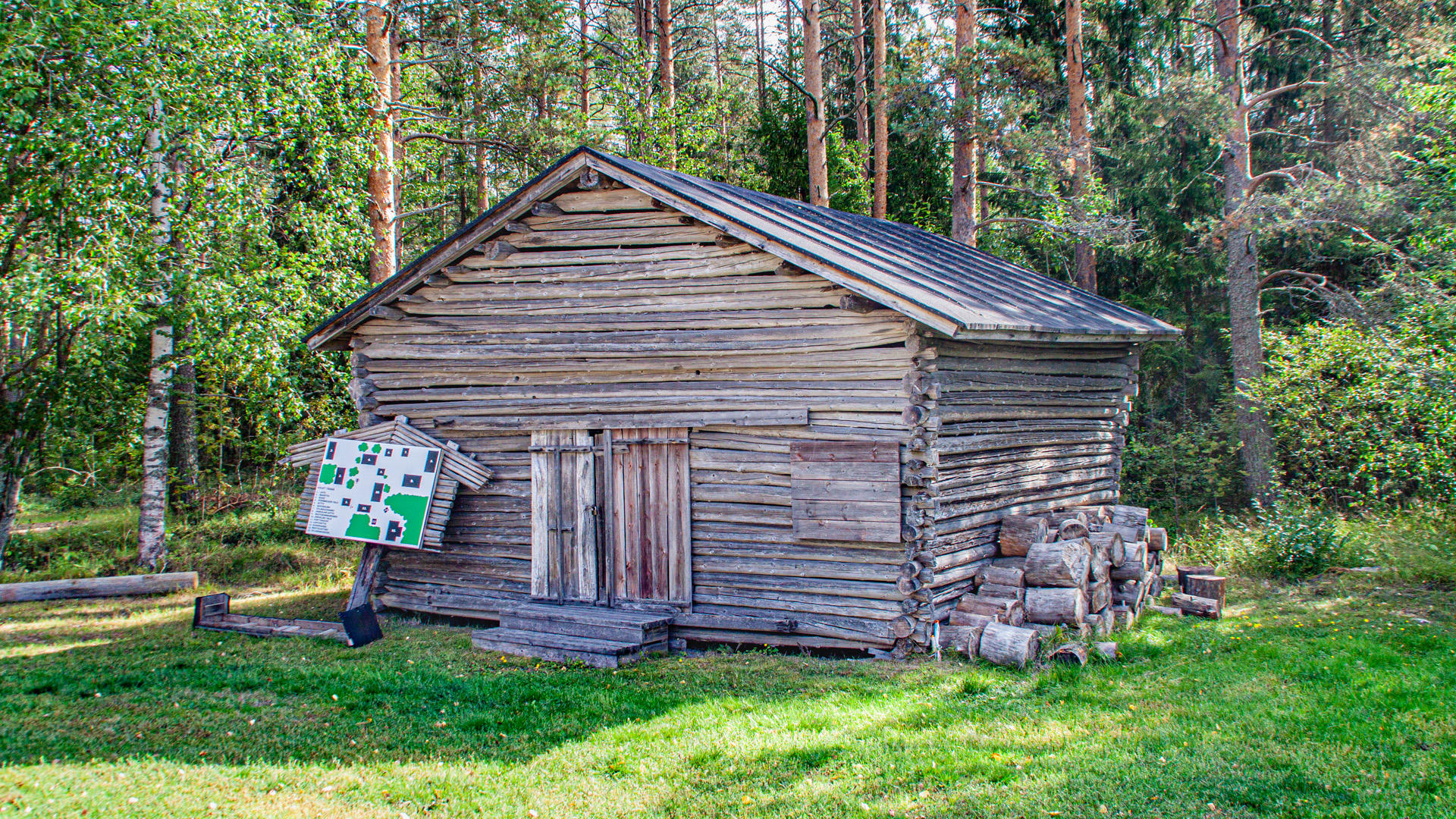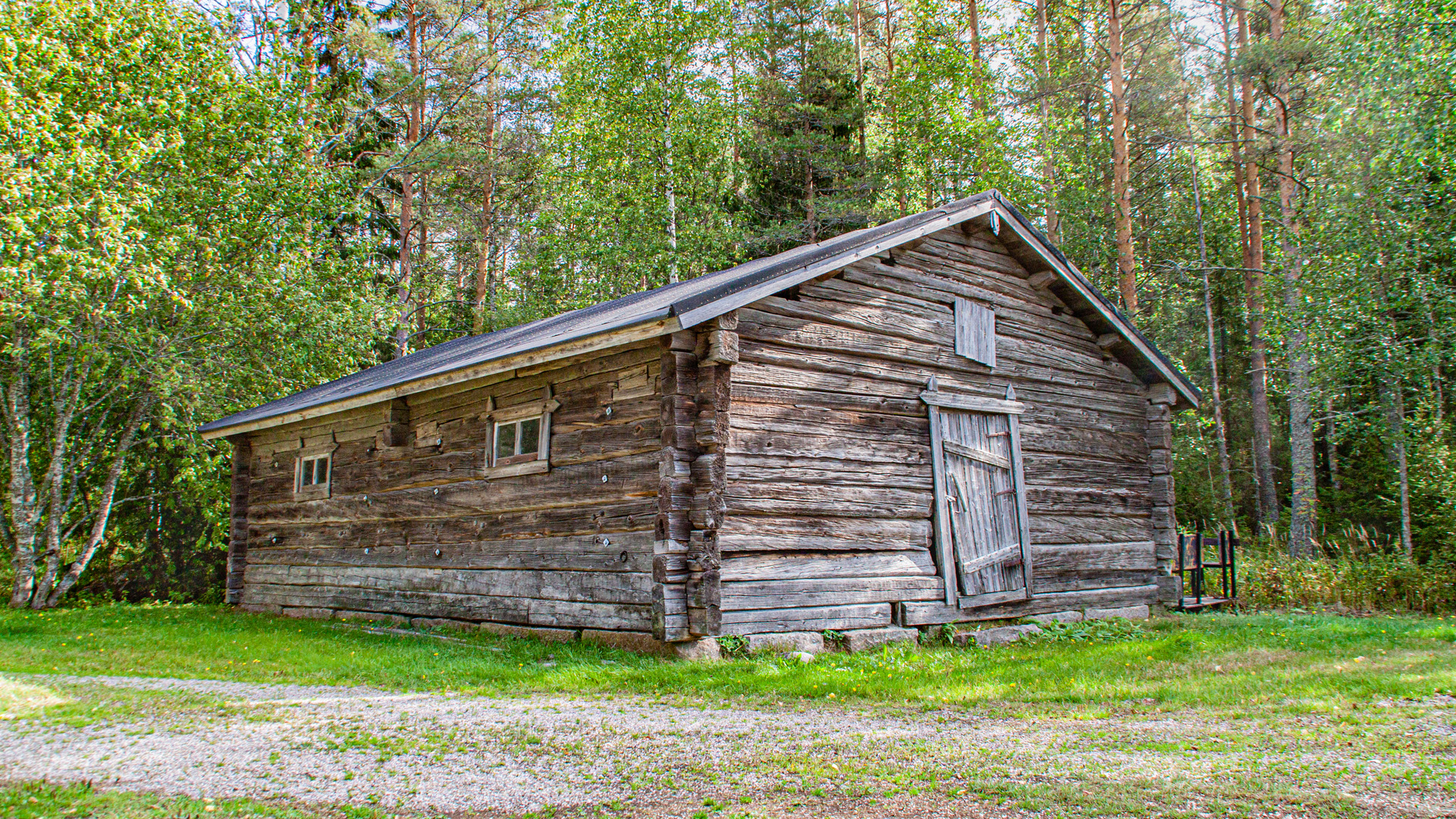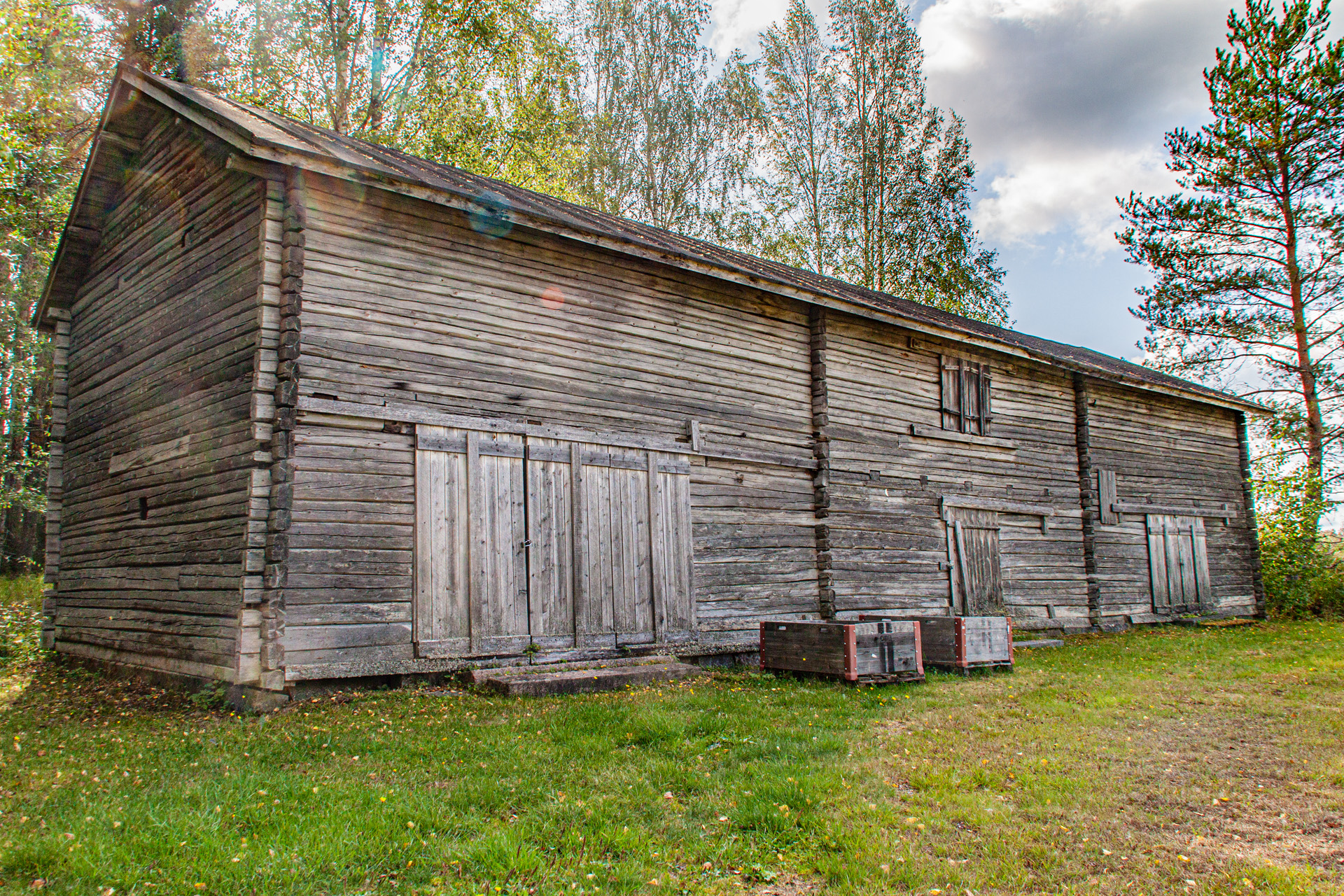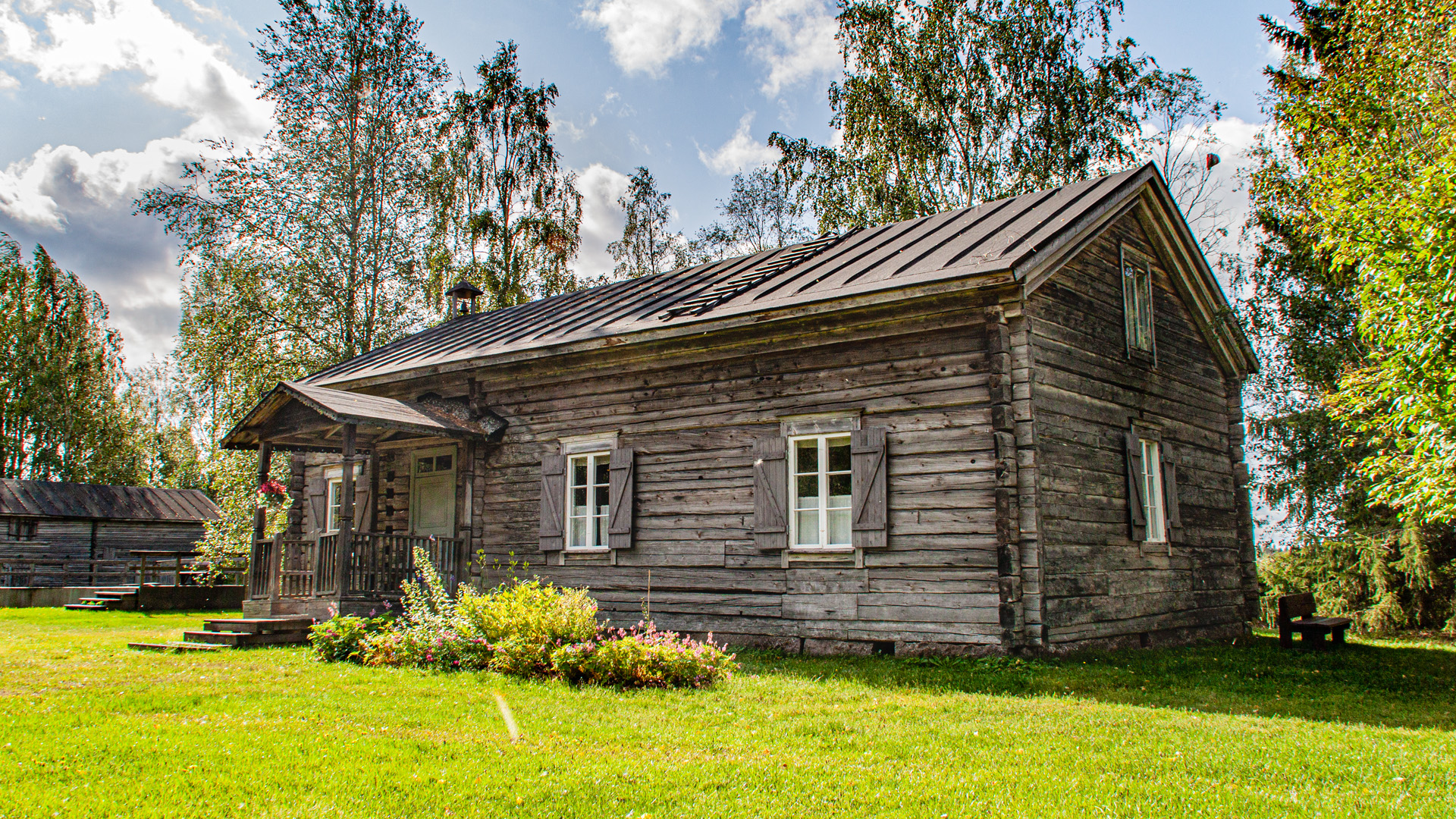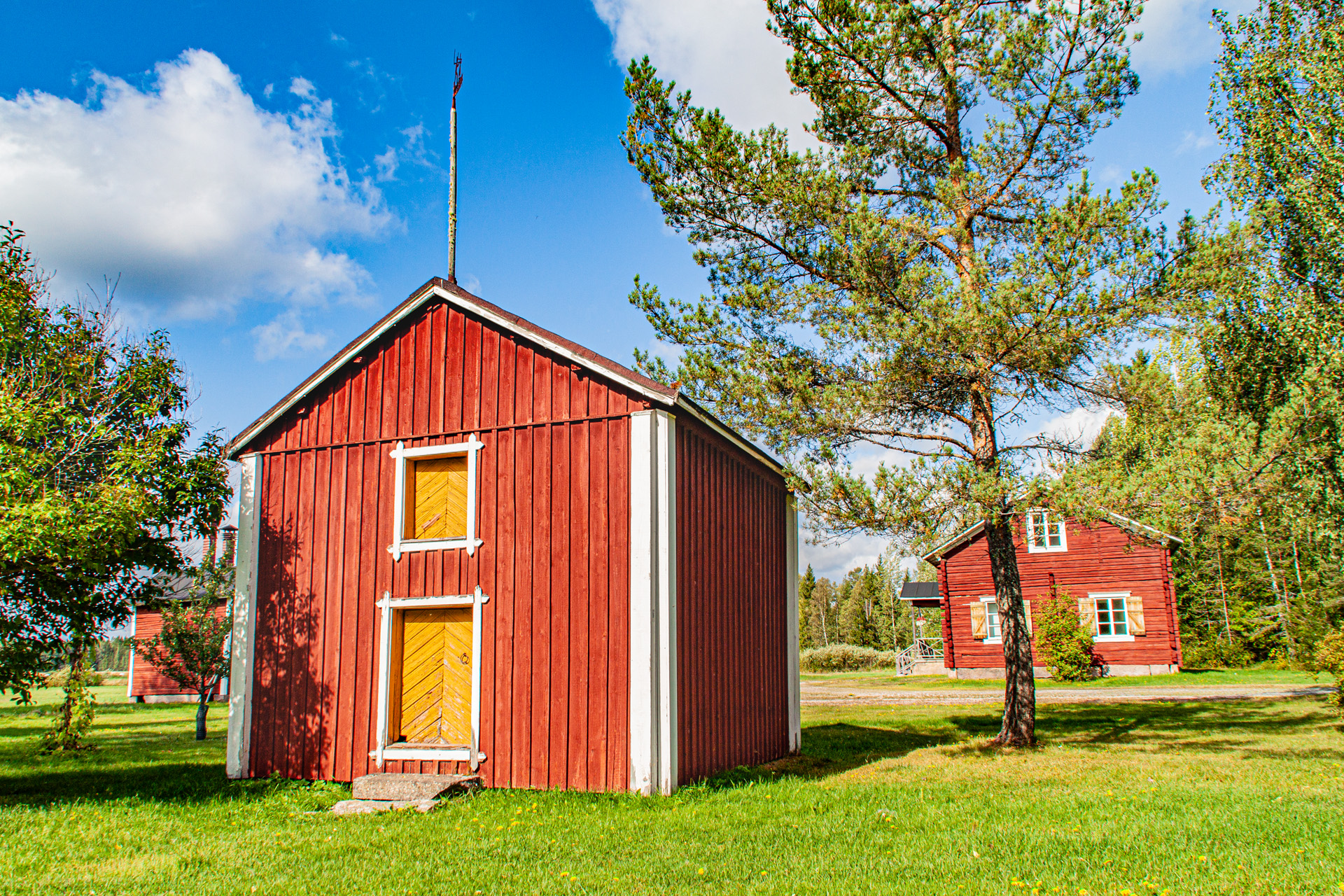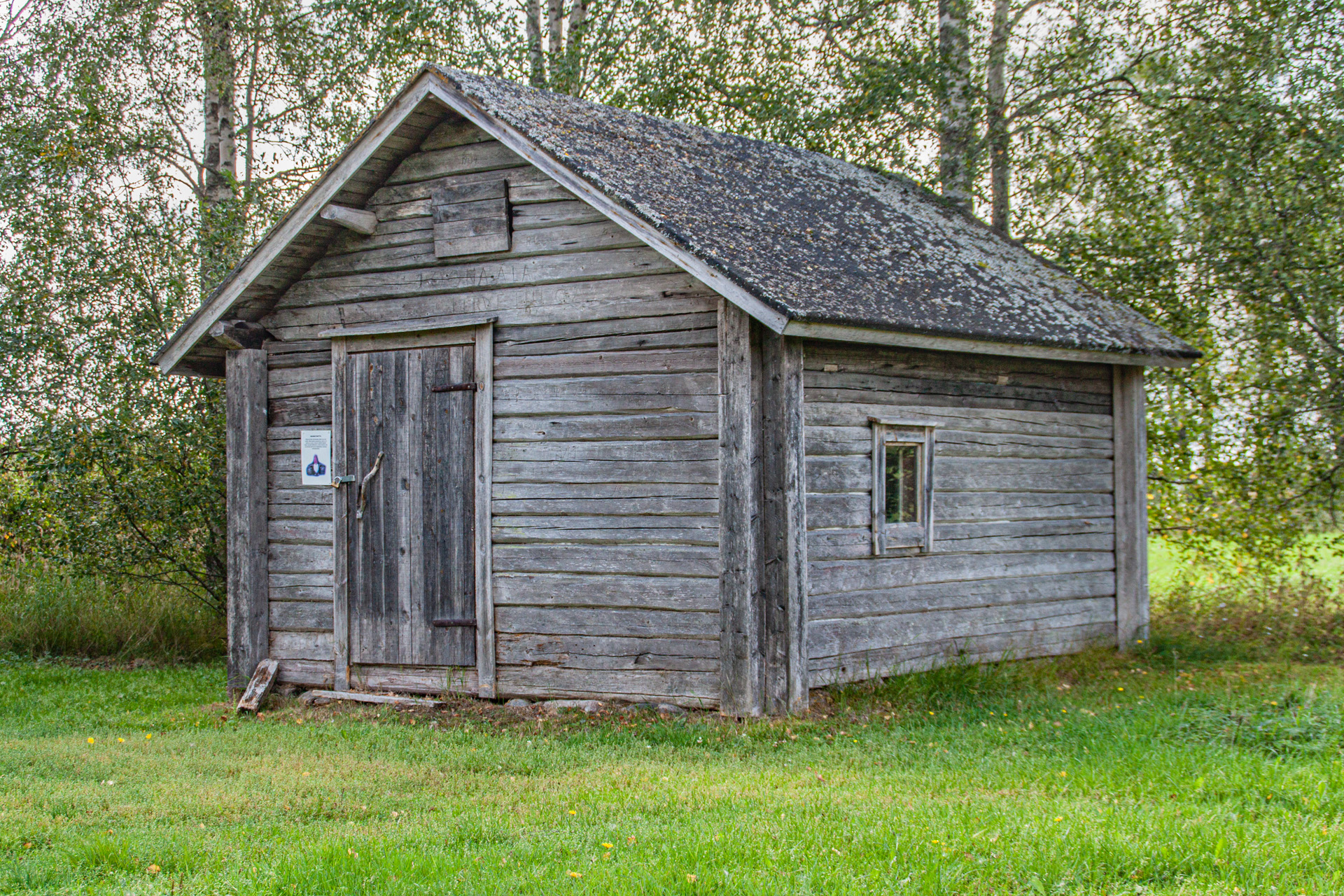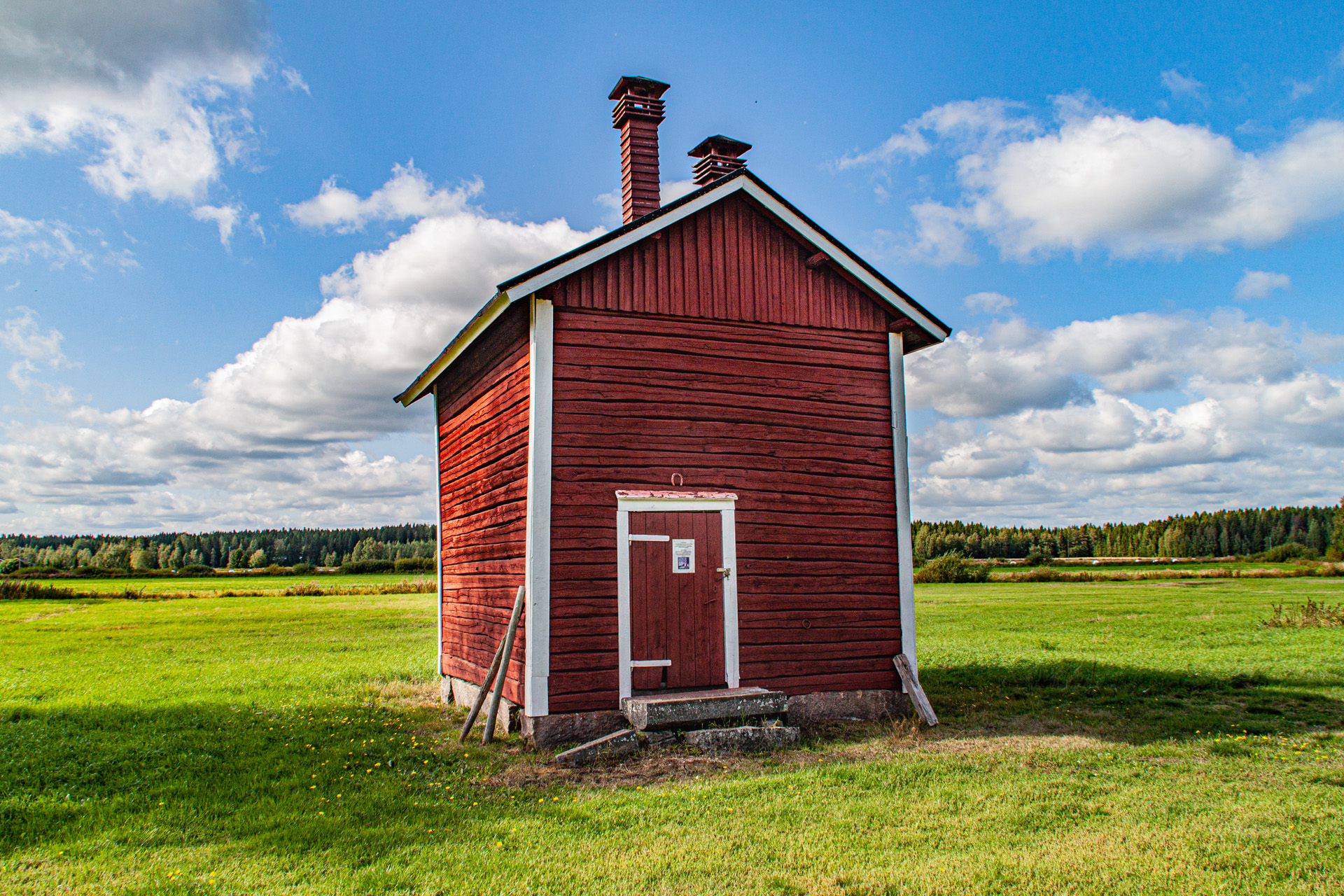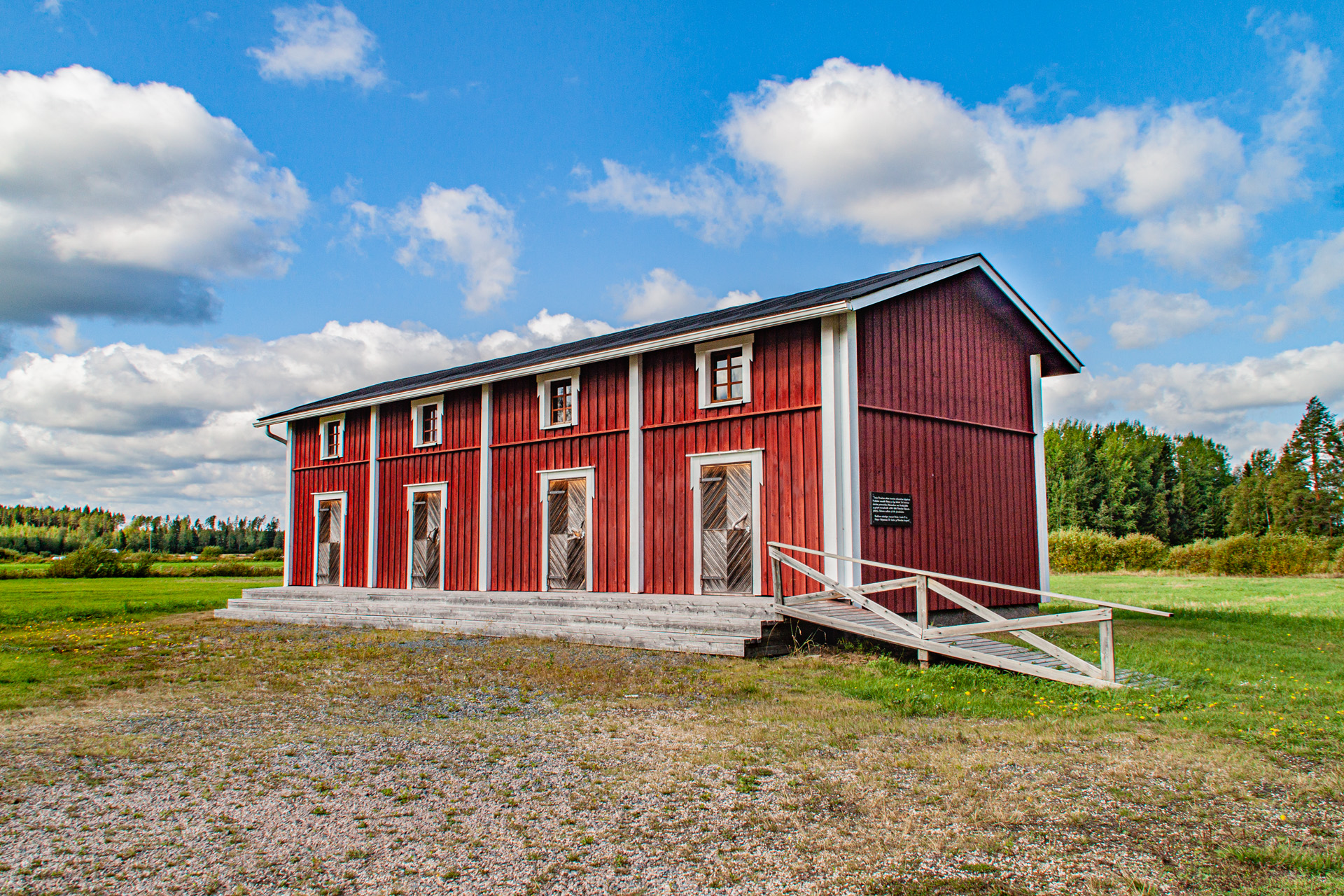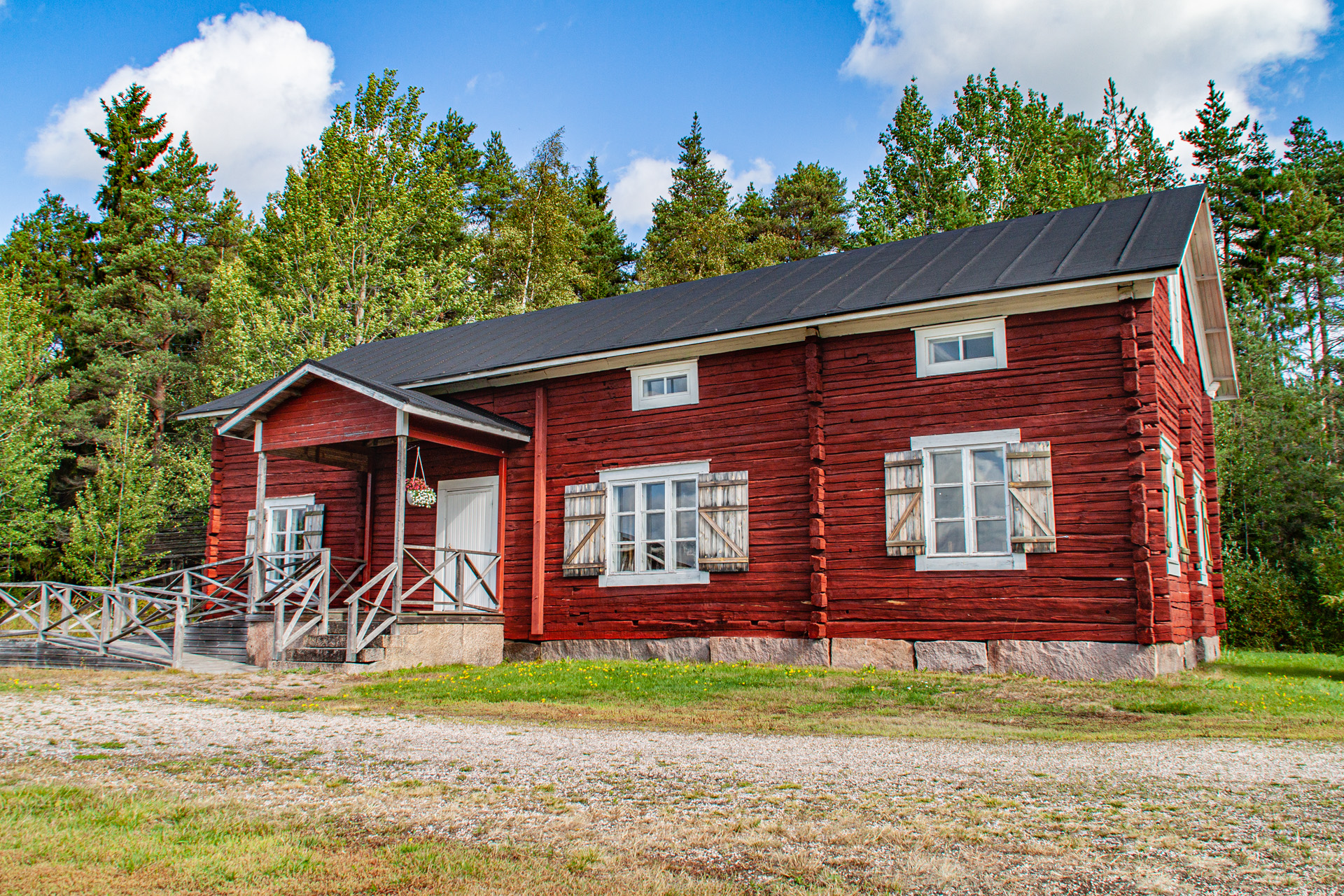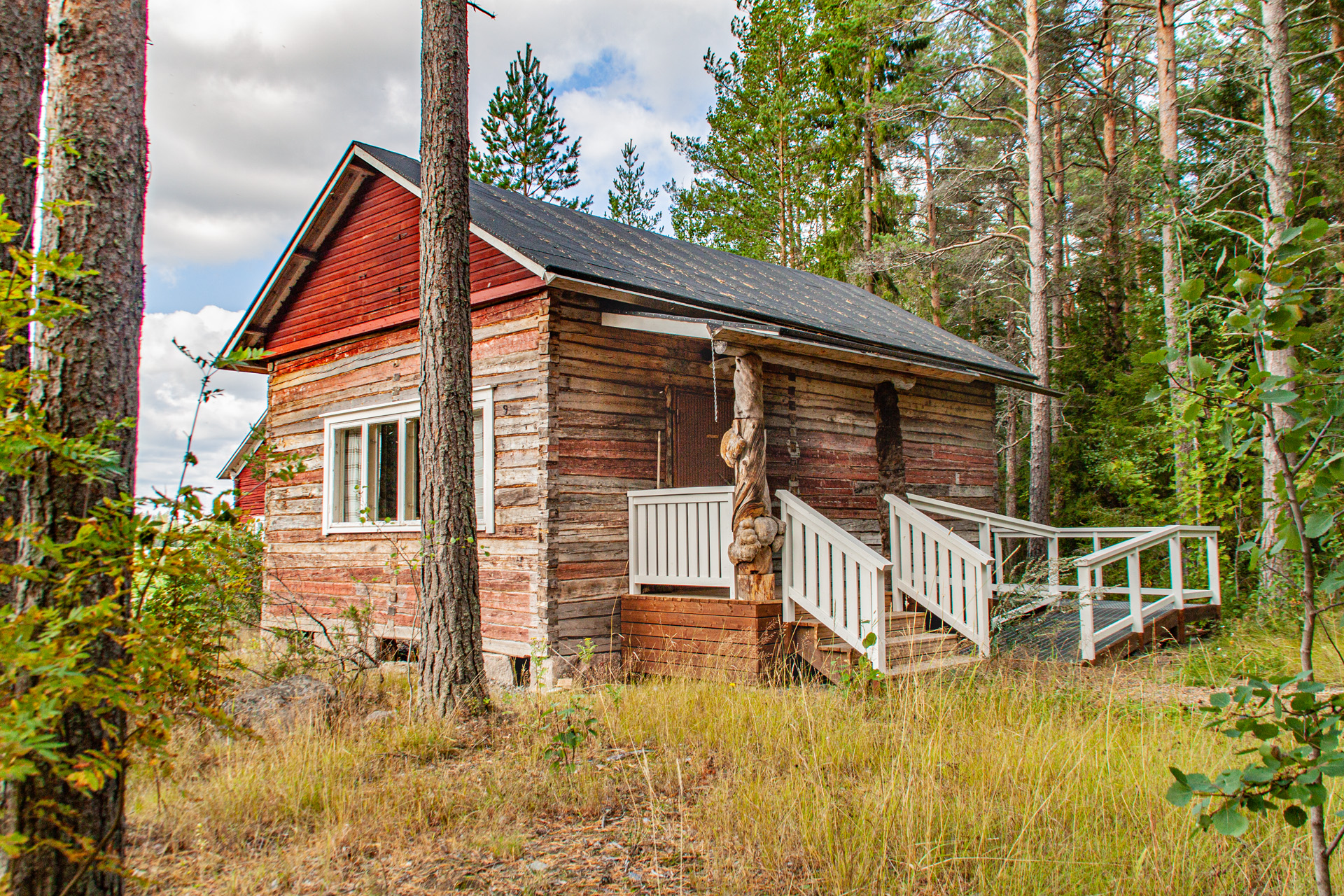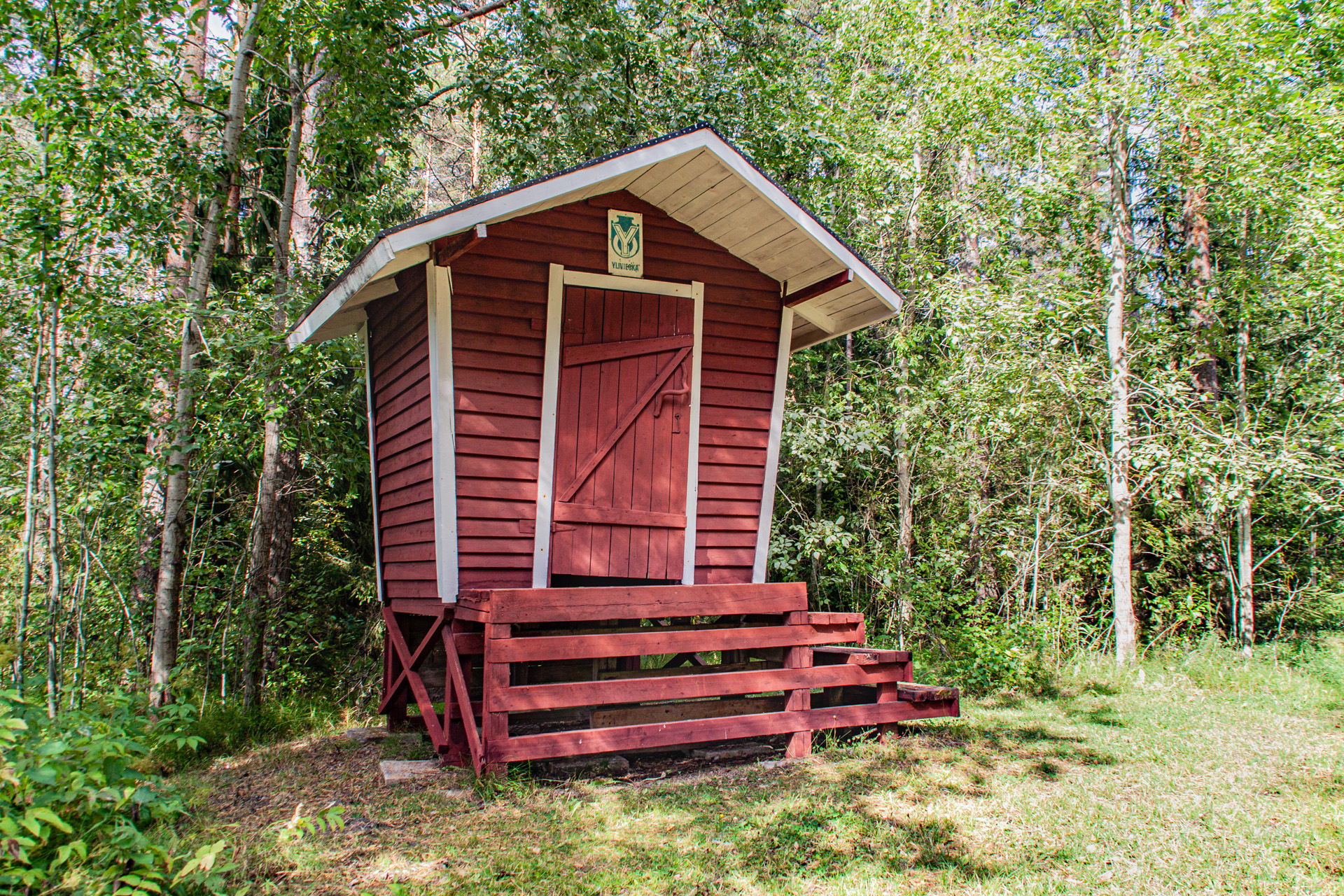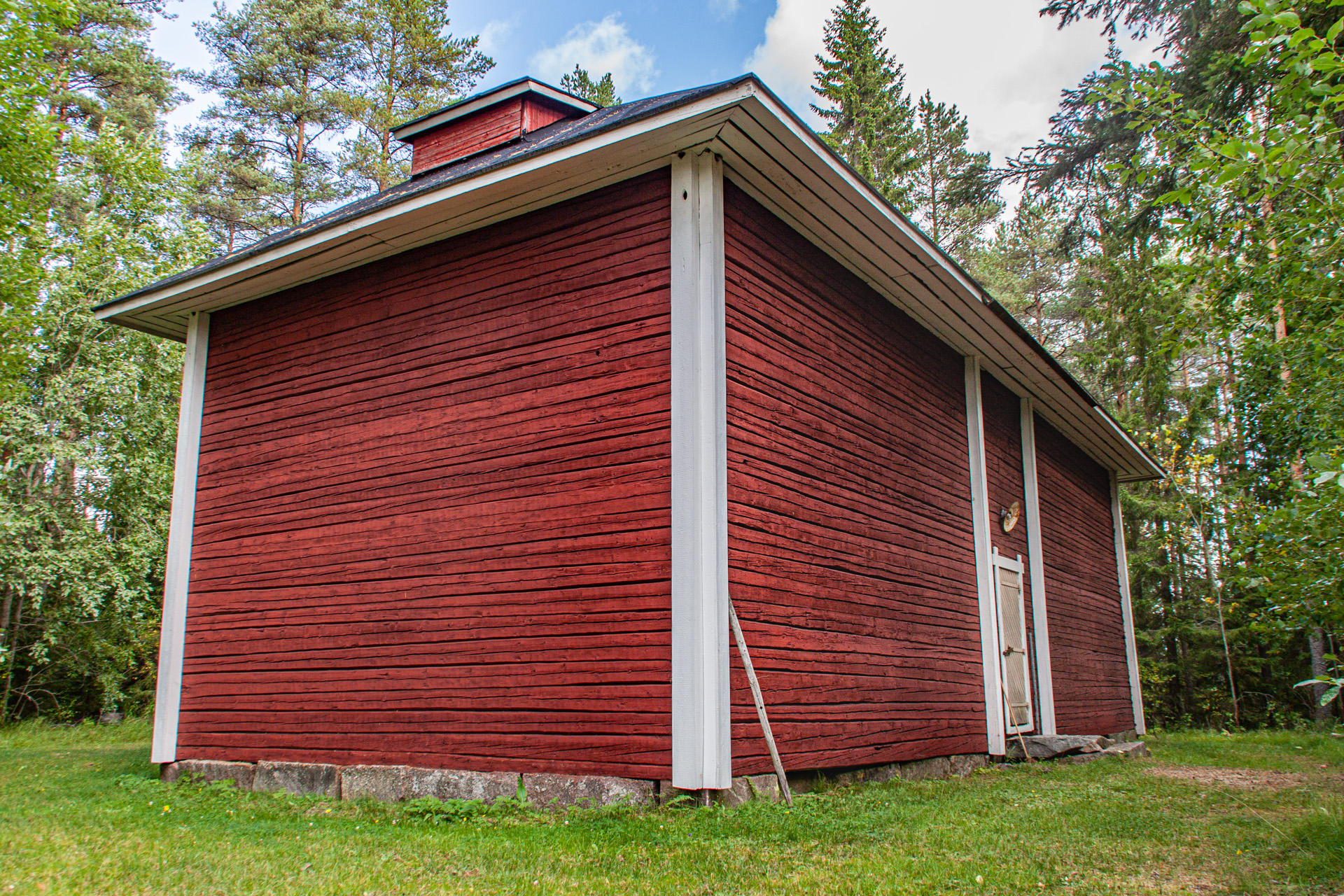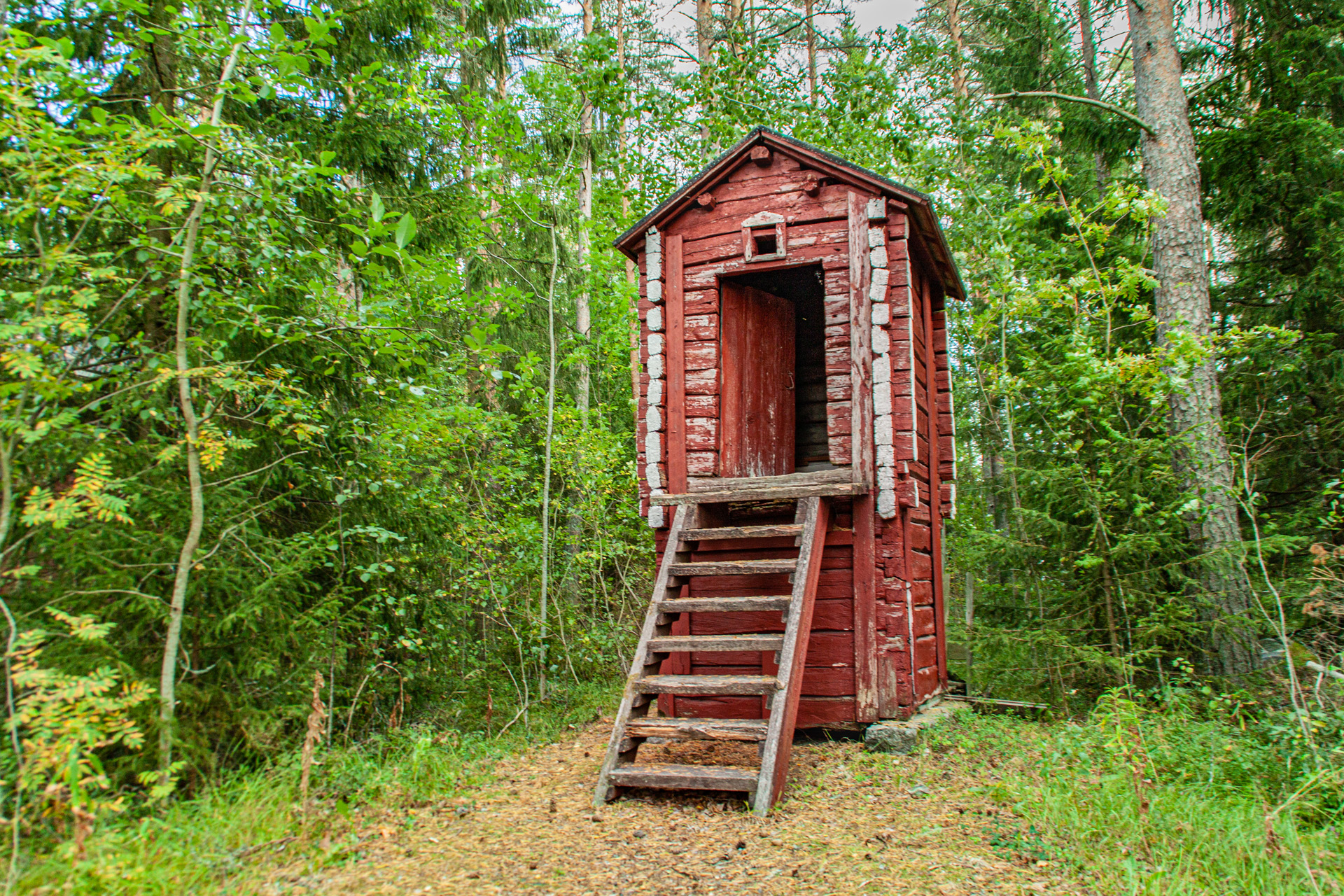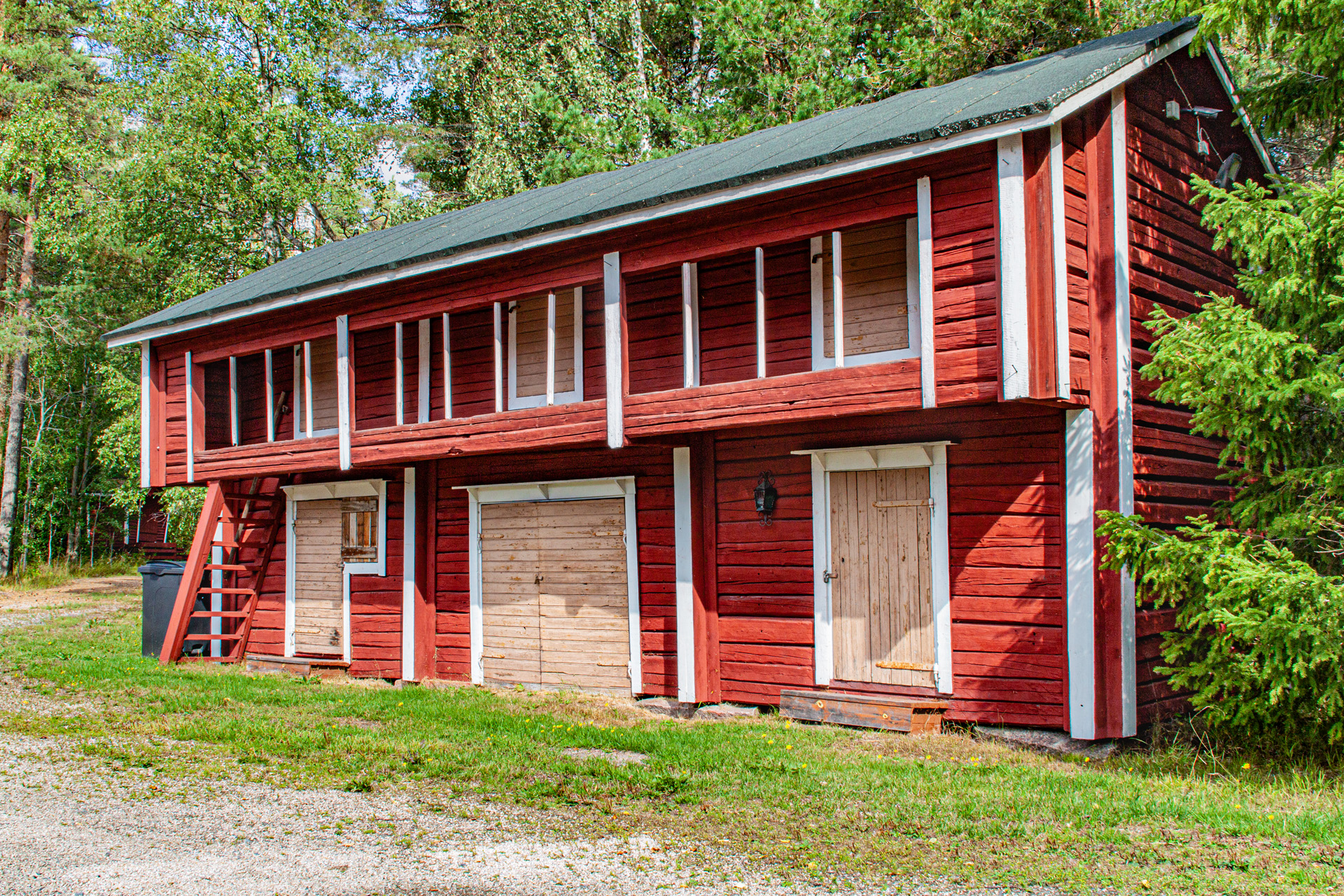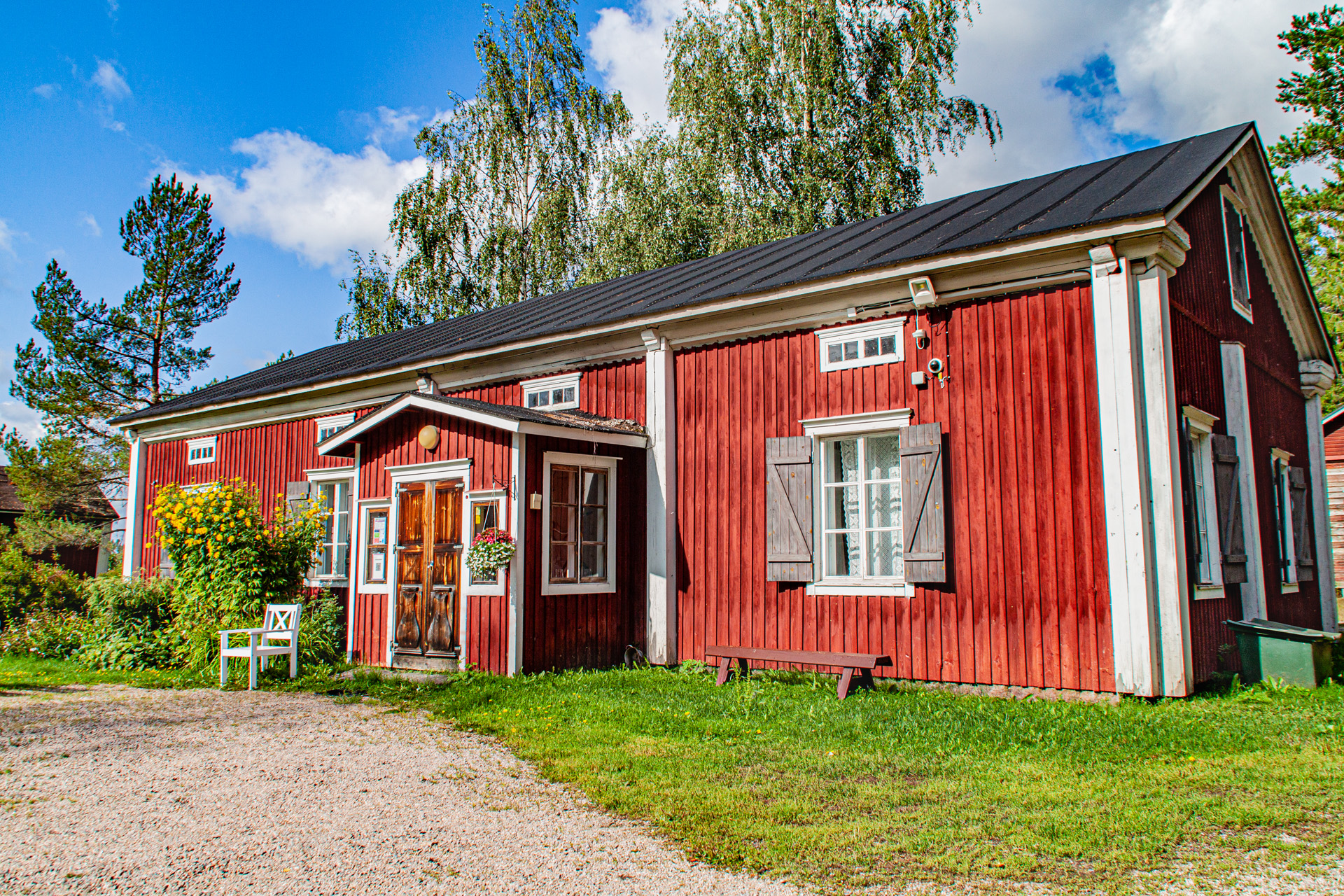Ylivieska’s cultural services include museum services, which in turn include Helaala Mill and Puuhkala local history museum. These historically important sites and their buildings are building-historical and culture-historical sites, which have been marked with the partially protected site status. Helaala Mill and Puuhkala local history museum are maintained appropriately in accordance with the Finnish National Board of Antiquities’ guidelines. Both museum sites also operate as estrades of regulatory cultural activities in many cultural events.
Helaalan Mylly
Helaala Mill, which has been classified as a valuable protected site in terms of its cultural history, building history and milieu, is located at the shore of Kalajoki in the city centre of Ylivieska.
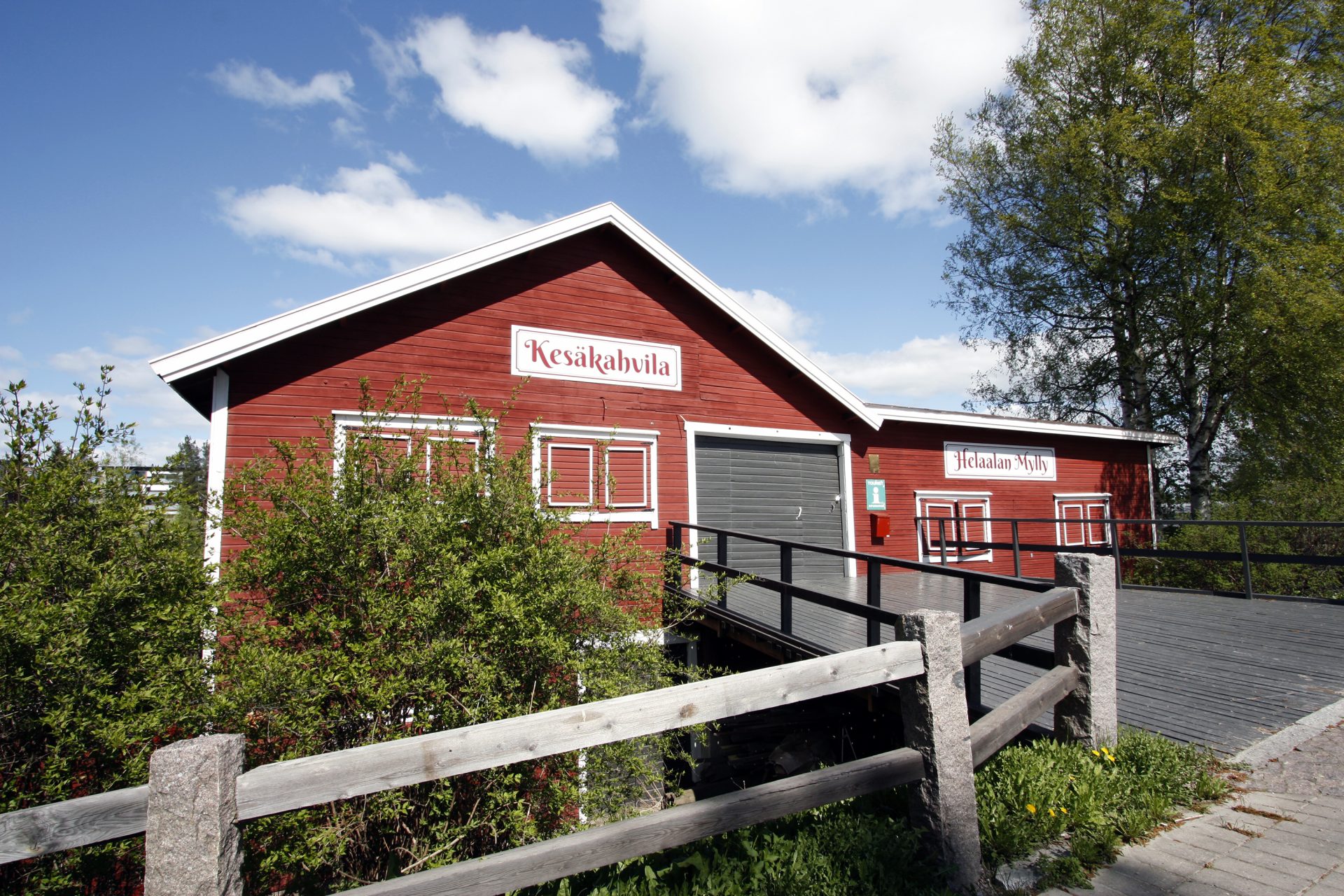
The mills channel structures and machinery date back to 1884. The building was damaged in a fire in 1942. The current mill building was built in 1943-44 in accordance with the original log building. Helaala Mill was in operation until the 1980s.
The Government issued a protection order on the mill in 1992. Helaala Mill Foundation, which aimed to protect and maintain the site, was founded in 1999. Helaala Mill Foundation donated the protected site to the City of Ylivieska in 2017, when Finland celebrated 100 years of independence.
Helaala Mill is open to the public during the summer. During the summer, you can visit the protected site and participate in guided tours. In the summer, the mill has a tourist information point, handicrafts shop, nostalgic café and Cultural Centre Akustiikka’s ticket sales. Small-scale cultural events and the Mill Fair [Myllymarkkinat], which has already become a tradition, are part of Helaala Mill’s summer activities.
Avoinna kesällä 2022
10.6.–7.8. ti-pe klo 10–17 ja la-su klo 10–15.
Helaalan myllyllä palvelee kesäkahvila ja monipuolinen käsityöläismyymälä. Henkilökunta esittelee myllyn historiaa mielellään. Akustiikan lipunmyynti siirtyy 10.6.–7.8. Helaalan myllylle ja palvelee aukioloaikojen puitteissa. Tervetuloa!
Helaalan Mylly contact info
+358444294545
Kulttuuripalvelut
Sähköposti
akustiikkainfo@ylivieska.fi
Helaalan Mylly address
Kauppakatu 12, 84100 Ylivieska
Helaalan Mylly on facebook
Puuhkalan museo, Ylivieskan kotiseutumuseo
Puuhkala Museum was established in 1969 by Ylivieska Local Heritage Association which has collected the majority of the museum area’s buildings and artefacts. Nowadays, the museum is managed by the City of Ylivieska.
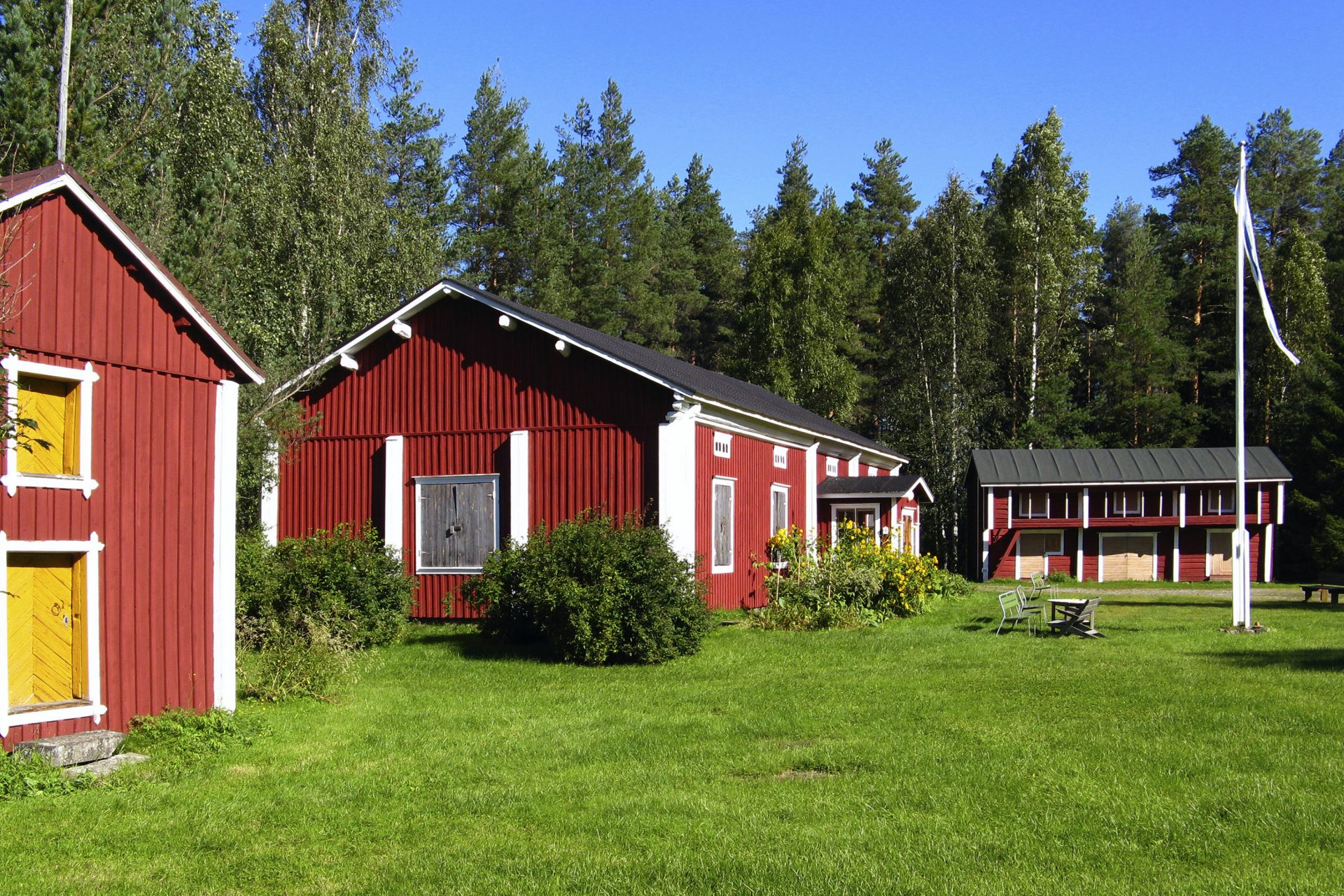
Primarily, Puuhkala is a peasant museum. The museum’s different buildings exhibit artefacts from other industries too, such as handicraft and service sectors. The museum area consists of 15 buildings and they contain more than 7,000 artefacts. Artefacts continue to be collected.
The local history museum’s largest exhibition is the milk jug collection, which includes approximately 400 milk jugs and approximately 200 creamers. The milk jug collection aims to be further expanded.
The summery service entity includes Summer Café Kerttu and guided museum tours as well as various events related to culture and folklore.
Descriptions of the museum area’s buildings can be found further below on this page.
Avoinna kesällä 2022
29.6.-7.8.2022 ke-pe klo 11–17 ja la-su klo 11–15.
Lämpimästi tervetuloa tutustumaan museonäyttelyihin ja kesän taidenäyttelyihin. Kesäkahvila Kerttu palvelee aukioloaikoina.
Pääsymaksu kesällä 2022
Museorakennuksiin vapaa pääsy.
Opastetut kierrokset kesällä 2022
Puuhkalassa järjestetään ryhmille opastettuja kierroksia rakennuksissa. Lisätiedot ja varaukset museosihteeriltä.
| 1 – 6 henkilöä | 20 € |
| 7-10 henkilöä | 30 € |
| 11-20 henkilöä | 40 € |
Puuhkalan cultivation boxes
Hire a cultivation box from Puuhkala local history museum and make your dream of having a green thumb true!
You can hire one parcel of land for 25€. Two or more parcels of land for 20€ per parcel. Prices include VAT 24%.
Hires and enquiries by phone 040 6720 503 or by email to jukka.miettinen@ylivieska.fi
In case of any problems with the cultivation boxes please contact us by phone 044 4294 517 or email puuhkala@ylivieska.fi
Järvelä House event services
Järvelä House is excellently suited for small events and as a meeting or training venue throughout the year. If necessary, we organise coffee and event catering according to your wishes. Any enquiries concerning hires and catering as well as further information from the event manager or museum secretary.
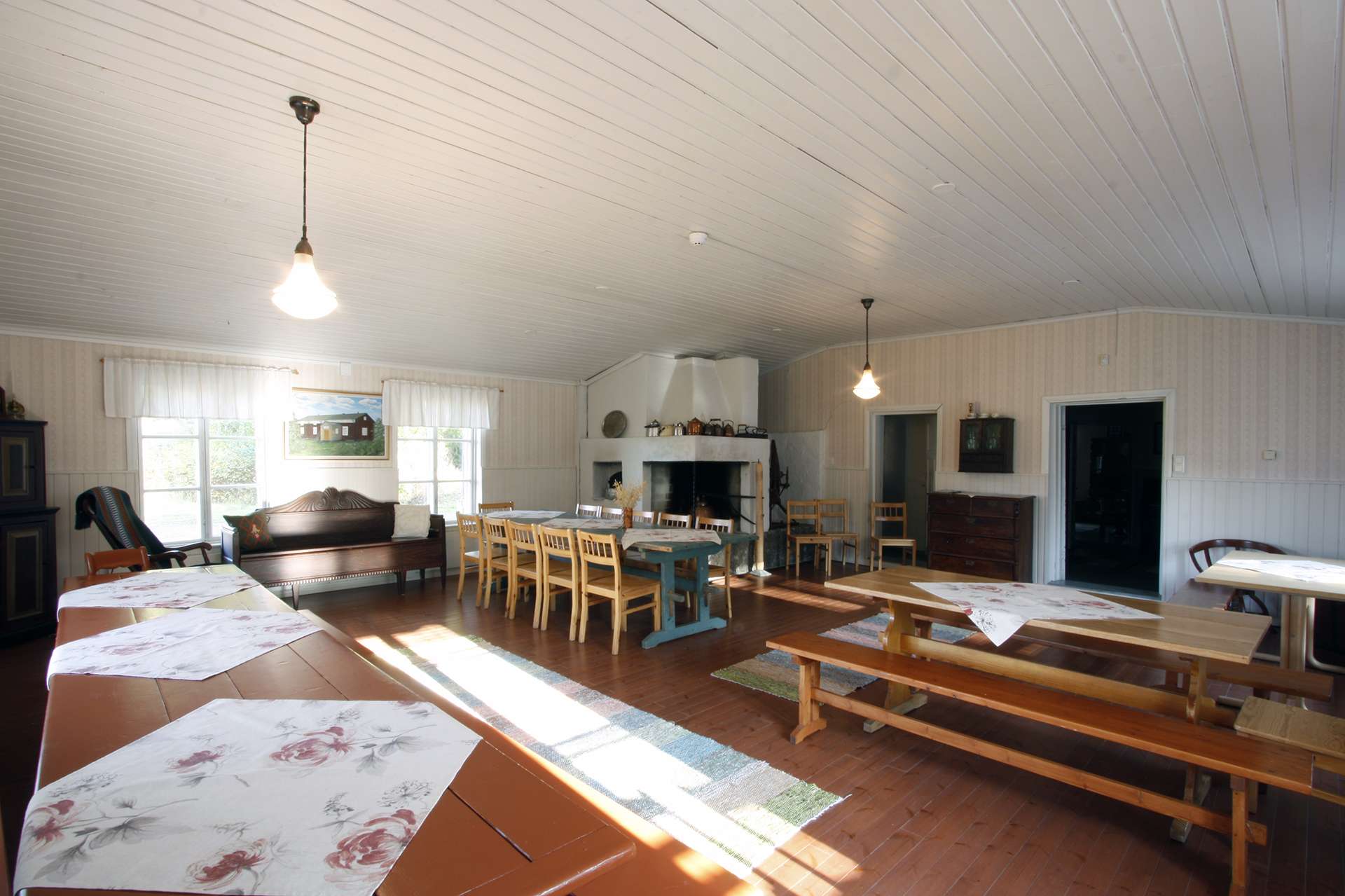
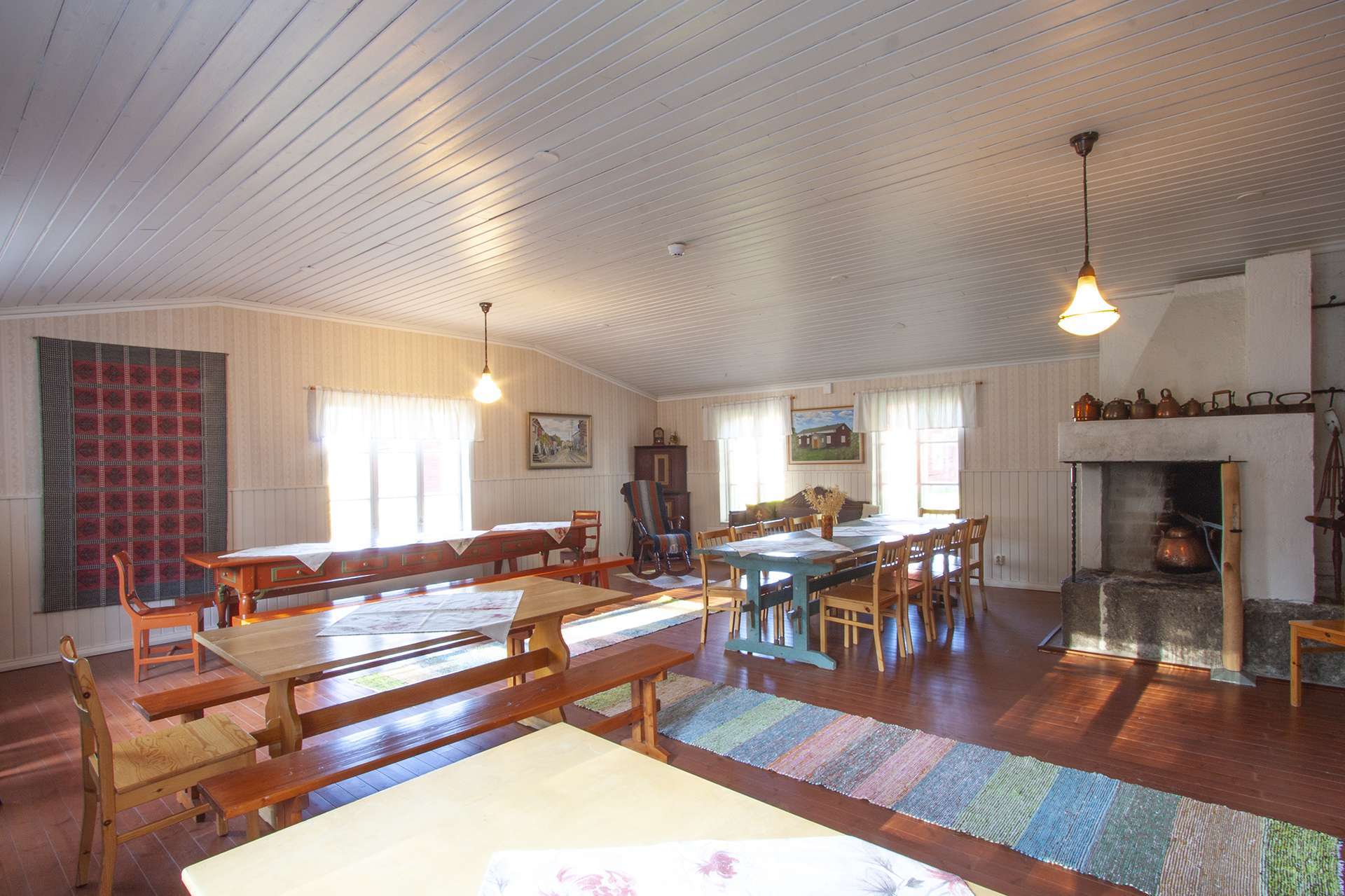
Museum area’s buildings
Museum operations in Ylivieska were initiated by the Local Heritage Association, which was established in 1949. The Local Heritage Association acquired a land area of almost four hectares, called Pahahaka, as the museum’s plot and moved all the buildings to the area from different locations. Most of the buildings are from Ylivieska. Nowadays, Puuhkala museum is owned by the City of Ylivieska after it was donated to the city by the Local Heritage Association in 1985.
Click the name of the building below and further details will be shown. By clicking on the photos, you can open enlarged versions in new tabs. Presentations of the buildings can also be found in the eMuseo service.
Puuhkala contact info
Museosihteeri
+358444294441
Kulttuuritoiminta
Email
forname.surname@ylivieska.fi
puuhkalanmuseo@ylivieska.fi
Puuhkala’s address
Puuhkalantie 6, 84100 Ylivieska
